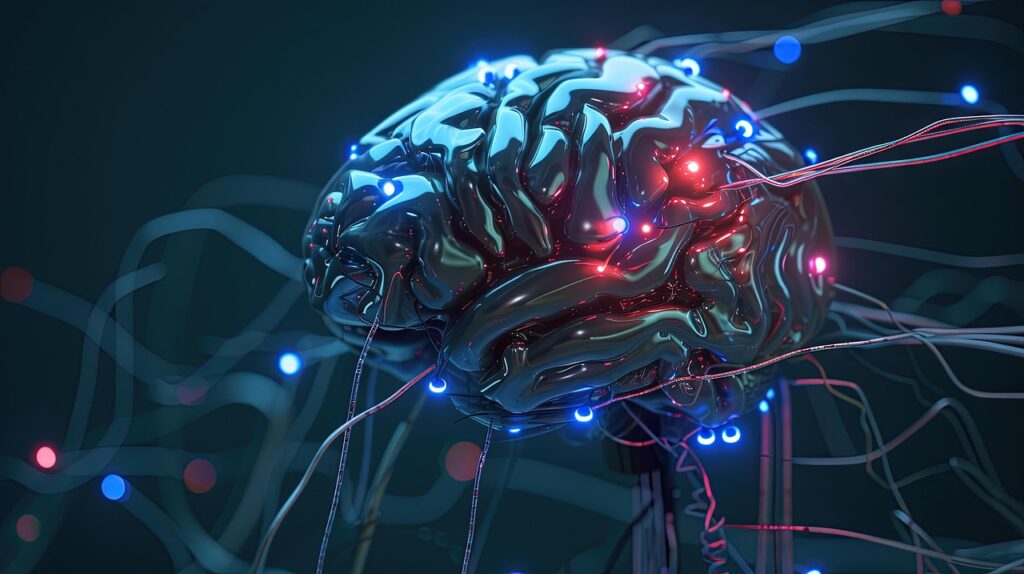In the ever-evolving landscape of software development, the integration of machine learning has become more than just a buzzword. It’s a powerful tool that allows developers to create intelligent applications capable of learning and adapting to new data. In this practical guide, we will explore the fundamental concepts of machine learning, the workflow involved, popular tools and frameworks, and real-world applications for developers.
Understanding Machine Learning Basics
What is Machine Learning?
At its core, machine learning is a subset of artificial intelligence that enables systems to learn and improve from experience without being explicitly programmed. This ability to learn and adapt is what sets machine learning apart from traditional programming approaches.
Key Terminology
Before diving into the practical aspects, let’s familiarize ourselves with some key terms:
- Features: The input variables used to make predictions.
- Labels: The output variable we want to predict.
- Training Data: The dataset used to train the machine learning model.
- Algorithms: The mathematical models that learn patterns from the training data.
Machine Learning Workflow
Problem Definition
The first step in incorporating machine learning into your project is identifying tasks suitable for it. Common applications include image recognition, natural language processing, and predictive analytics. Define the problem you want to solve and determine if machine learning is the right approach.
Data Collection and Preprocessing
High-quality data is the lifeblood of machine learning. Collect relevant data and preprocess it to ensure it’s clean and suitable for training. This involves handling missing values, scaling features, and encoding categorical variables.
Model Selection
Choosing the right machine learning algorithm is crucial. Different algorithms are suitable for different types of problems. For example, linear regression is used for regression problems, while decision trees are effective for classification tasks. Consider factors such as the size of your dataset and the nature of your problem when selecting a model.
Training the Model
Once you’ve selected a model, it’s time to train it using your prepared dataset. During training, the model learns to make predictions by adjusting its internal parameters based on the input data.
Evaluation and Fine-Tuning
After training, evaluate the model’s performance using metrics like accuracy, precision, and recall. Fine-tune the model by adjusting hyperparameters to improve its accuracy and generalization.
Tools and Frameworks
Popular Machine Learning Libraries
Several libraries make implementing machine learning models more accessible for developers:
- TensorFlow: Developed by Google, TensorFlow is an open-source machine learning library widely used for building neural network models.
- PyTorch: Popular for its dynamic computational graph, PyTorch is a deep learning library that offers flexibility and ease of use.
Development Environments
Setting up a machine learning development environment is a crucial step. Use Integrated Development Environments (IDEs) like Jupyter Notebooks or tools like Google Colab for an efficient and interactive development experience.
Real-World Applications
Image Recognition
One of the most well-known applications of machine learning is image recognition. Developers can train models to recognize objects, patterns, or even faces in images. This has numerous practical applications, from security systems to medical imaging.
Natural Language Processing (NLP)
NLP involves the interaction between computers and human language. Developers can use machine learning to build applications capable of understanding, interpreting, and generating human-like text. Sentiment analysis, chatbots, and language translation are common applications of NLP.
Predictive Analytics
Predictive modeling involves using historical data to predict future outcomes. In business, this can be used for forecasting sales, predicting customer behavior, or optimizing supply chain management. Machine learning algorithms excel at finding patterns in data that can be used for accurate predictions.
Challenges and Best Practices
Common Challenges in Machine Learning
Despite its power, machine learning comes with its own set of challenges:
- Overfitting: When a model performs well on the training data but fails to generalize to new data.
- Underfitting: When a model is too simple to capture the underlying patterns in the data.
Best Practices for ML Development
To overcome challenges and ensure successful machine learning projects, follow these best practices:
- Version Control for Models: Use version control systems like Git to track changes in your machine learning models.
- Documentation and Collaboration: Document your code, model architecture, and decisions. Collaborate with team members to share insights and knowledge.
Conclusion
In this practical guide, we’ve covered the fundamental concepts of machine learning, the workflow involved in creating machine learning models, popular tools and frameworks, and real-world applications for developers. As the field of machine learning continues to advance, incorporating these techniques into your development projects can open up new possibilities and create intelligent, adaptive applications.
Additional Resources
For those looking to delve deeper into machine learning, here are some additional resources:
Remember, the journey into machine learning is both exciting and challenging. Embrace the learning process, experiment with different models, and stay updated on the latest developments in this dynamic field. Happy coding!


